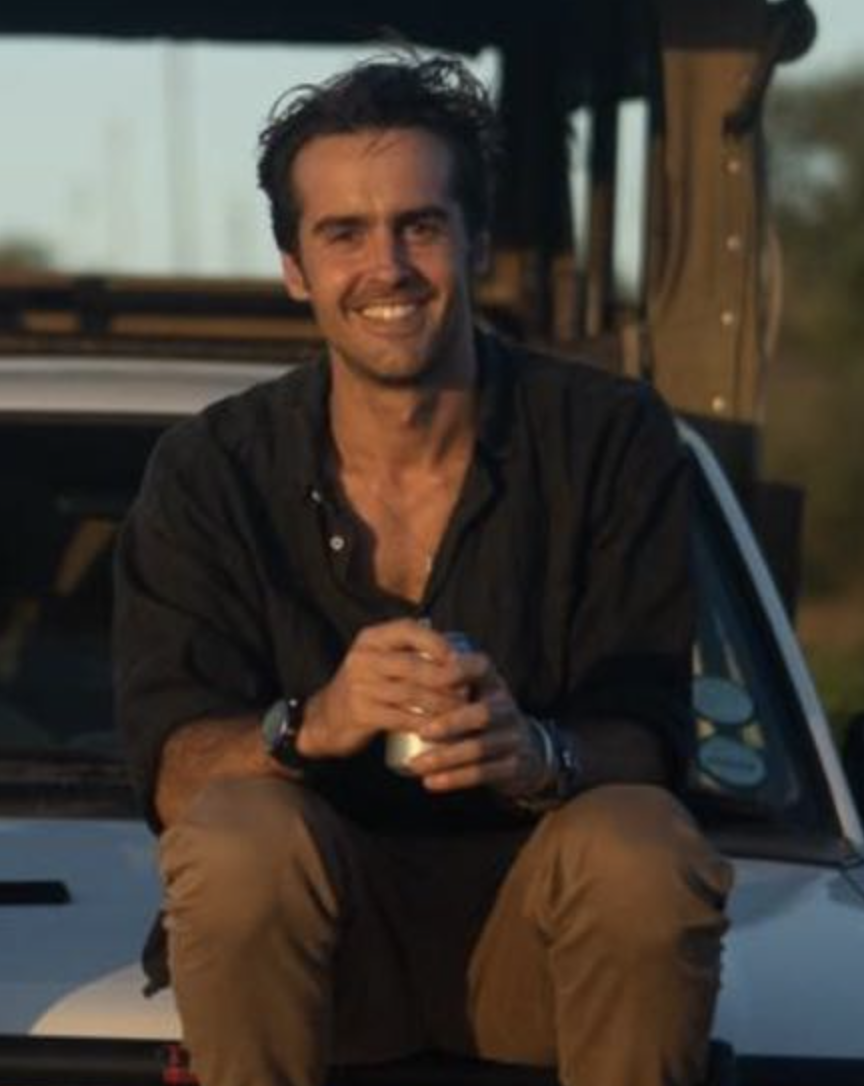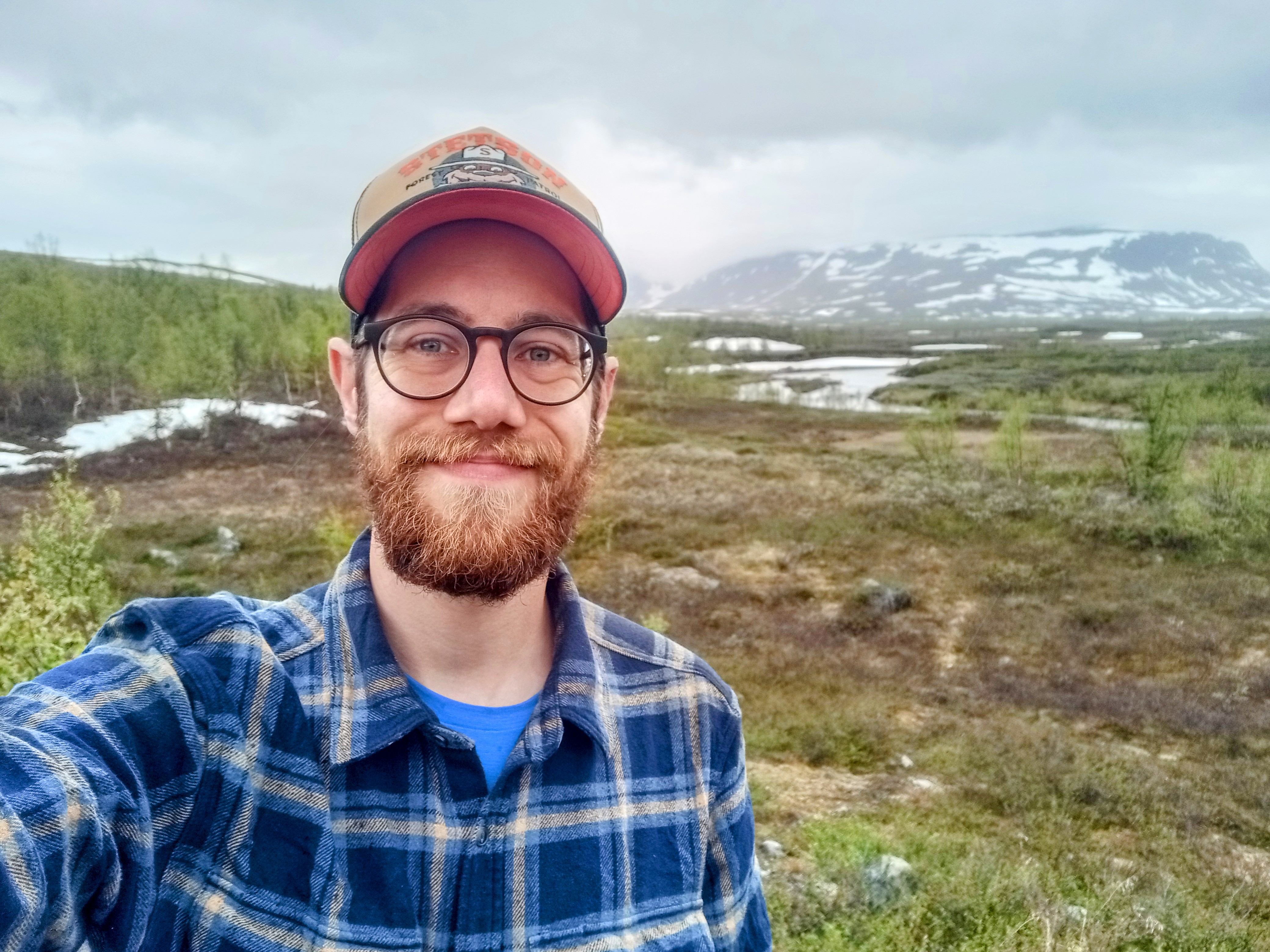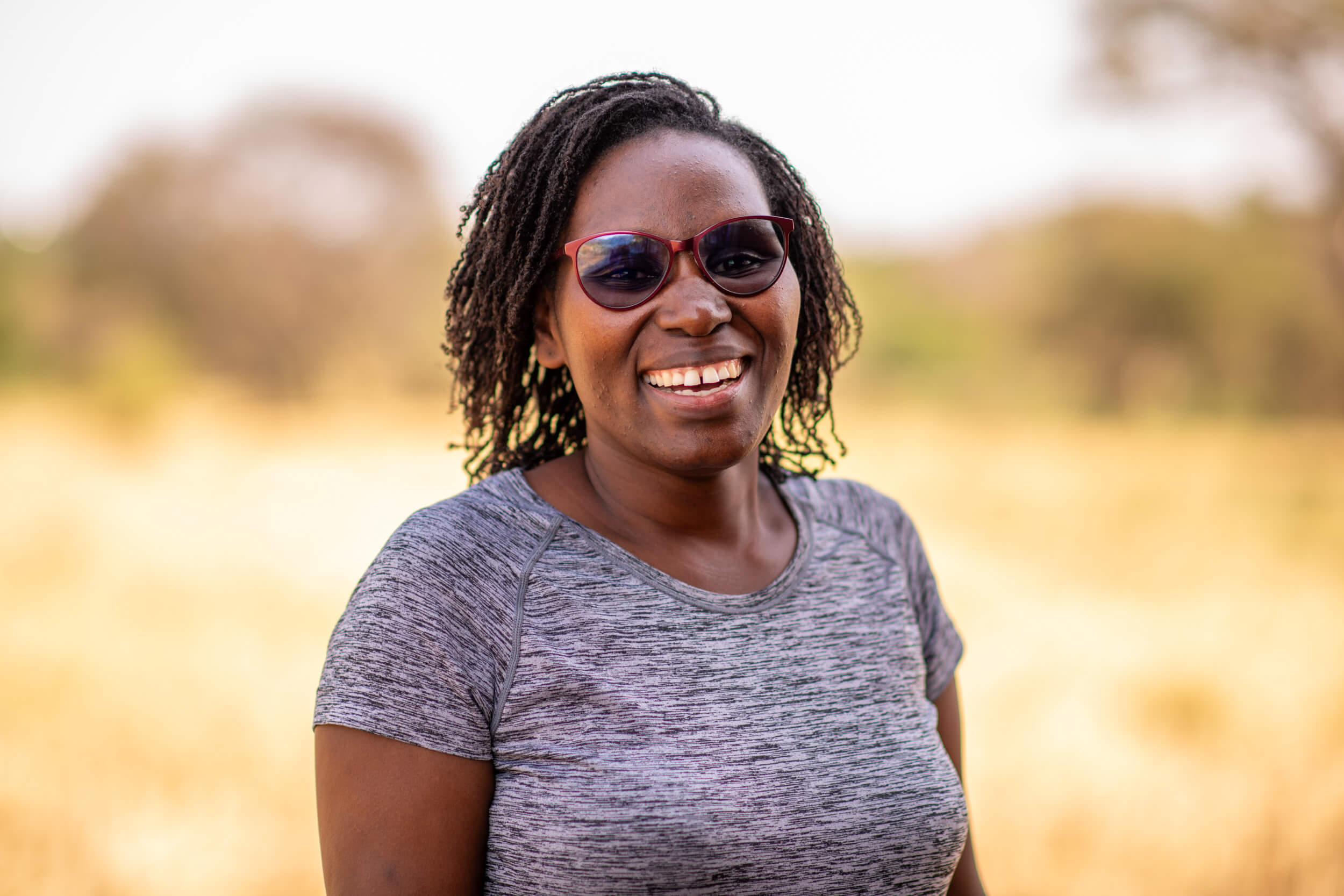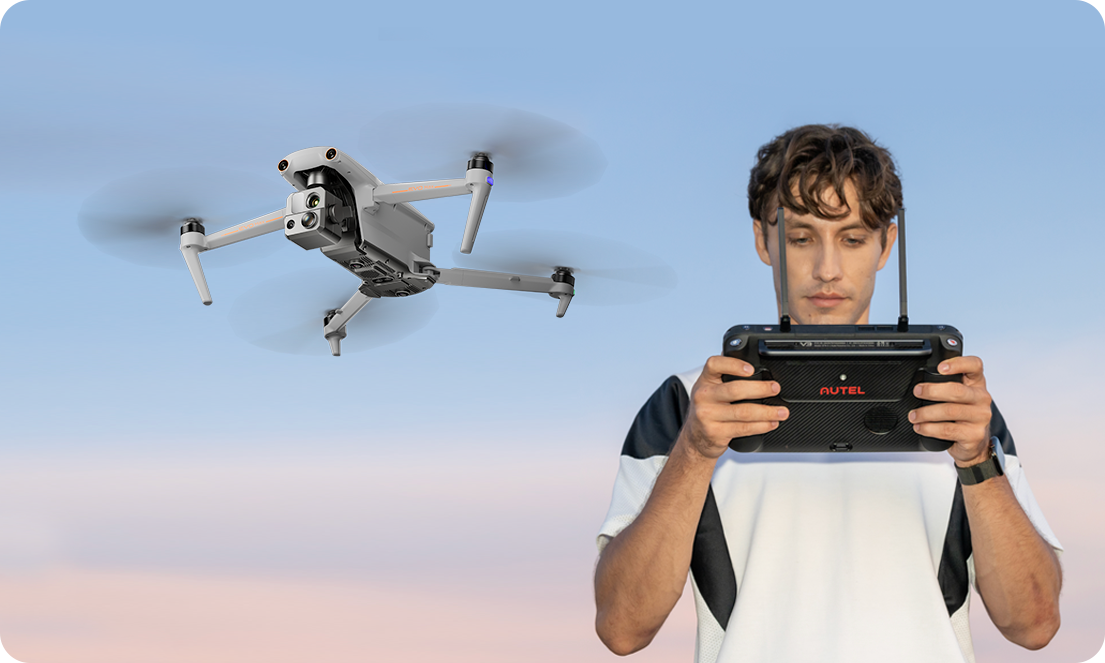With new technologies revolutionizing data collection, wildlife researchers are becoming increasingly able to collect data at much higher volumes than ever before. Now we are facing the challenges of putting this information to use, bringing the science of big data into the conservation arena. With the help of machine learning tools, this area holds immense potential for conservation practices. The applications range from online trafficking alerts to species-specific early warning systems to efficient movement and biodiversity monitoring and beyond.
However, the process of building effective machine learning tools depends upon large amounts of standardized training data, and conservationists currently lack an established system for standardization. How to best develop such a system and incentivize data sharing are questions at the forefront of this work. There are currently multiple AI-based conservation initiatives, including Wildlife Insights and WildBook, that are pioneering applications on this front.
This group is the perfect place to ask all your AI-related questions, no matter your skill level or previous familiarity! You'll find resources, meet other members with similar questions and experts who can answer them, and engage in exciting collaborative opportunities together.
Just getting started with AI in conservation? Check out our introduction tutorial, How Do I Train My First Machine Learning Model? with Daniel Situnayake, and our Virtual Meetup on Big Data. If you're coming from the more technical side of AI/ML, Sara Beery runs an AI for Conservation slack channel that might be of interest. Message her for an invite.
Header Image: Dr Claire Burke / @CBurkeSci

Explore the Basics: AI
Understanding the possibilities for incorporating new technology into your work can feel overwhelming. With so many tools available, so many resources to keep up with, and so many innovative projects happening around the world and in our community, it's easy to lose sight of how and why these new technologies matter, and how they can be practically applied to your projects.
Machine learning has huge potential in conservation tech, and its applications are growing every day! But the tradeoff of that potential is a big learning curve - or so it seems to those starting out with this powerful tool!
To help you explore the potential of AI (and prepare for some of our upcoming AI-themed events!), we've compiled simple, key resources, conversations, and videos to highlight the possibilities:
Three Resources for Beginners:
- Everything I know about Machine Learning and Camera Traps, Dan Morris | Resource library, camera traps, machine learning
- Using Computer Vision to Protect Endangered Species, Kasim Rafiq | Machine learning, data analysis, big cats
- Resource: WildID | WildID
Three Forum Threads for Beginners:
- I made an open-source tool to help you sort camera trap images | Petar Gyurov, Camera Traps
- Batch / Automated Cloud Processing | Chris Nicolas, Acoustic Monitoring
- Looking for help with camera trapping for Jaguars: Software for species ID and database building | Carmina Gutierrez, AI for Conservation
Three Tutorials for Beginners:
- How do I get started using machine learning for my camera traps? | Sara Beery, Tech Tutors
- How do I train my first machine learning model? | Daniel Situnayake, Tech Tutors
- Big Data in Conservation | Dave Thau, Dan Morris, Sarah Davidson, Virtual Meetups
Want to know more about AI, or have your specific machine learning questions answered by experts in the WILDLABS community? Make sure you join the conversation in our AI for Conservation group!
- @parlaynu
- | he/him
software engineer
- 0 Resources
- 0 Discussions
- 13 Groups
- 0 Resources
- 0 Discussions
- 11 Groups
- @negar_sadr
- | she/her/hers
- 0 Resources
- 0 Discussions
- 3 Groups
Wildlife Protection Solutions (WPS)
Director of Technology at Wildlife Protection Solutions. Primarily focuses on leveraging machine learning and advanced data analytics to combat poaching, monitor biodiversity, and predict environmental threats.
- 0 Resources
- 1 Discussions
- 5 Groups
- @Sasi
- | he/his
I am a researcher working on non-human primates in southern India
- 0 Resources
- 0 Discussions
- 2 Groups
- 0 Resources
- 0 Discussions
- 4 Groups
- @Arjun_Viswa
- | S
- 0 Resources
- 0 Discussions
- 27 Groups
Senior web developer and ML practitioner
- 0 Resources
- 0 Discussions
- 6 Groups
I run a small consulting company, Simeone Consulting, LLC, that provides research, data-driven analysis, technical expertise, and writing related to the production, consumption, and international trade of natural resources.
- 0 Resources
- 4 Discussions
- 4 Groups
Botswana Predator Conservation Trust



- 0 Resources
- 85 Discussions
- 10 Groups
- @serena.le
- | she/her
Conservation tech enthusiast
- 0 Resources
- 0 Discussions
- 25 Groups
Ecological and Spatial Data Scientist
- 1 Resources
- 0 Discussions
- 2 Groups
Silva et al - - R package to train convolutional neural networks & employ them to classify sounds - sound event classification pipeline, from annotating recordings to automating trained networks - case...
1 September 2022
This is the first in a series by David Thau on the promise and challenges to using AI and machine learning to create a planetary environmental management system.
31 August 2022
Article
APPLY NOW! The Sovereign Nature Initiative has partnered with the Kenya Wildlife Trust to experiment with emerging technologies to support their predators' conservation work.Challenges will focus on:1. Lion...
30 August 2022
This project is part of the Conservation AI Network. We aim to help threatened species & manage invasive species using leading edge analytics and artificial intelligence algorithms. The primary purpose of the...
29 August 2022
Boost cons tech capacity at an international NGO! Fauna & Flora International is offering a paid three-month internship to consolidate and share best practices for the application of emerging hardware and software...
26 August 2022
The Department of Wildlife, Fish, and Environmental Studies (WFE), SLU, Umeå, is looking for a postdoc with strong interests in wildlife conservation technology.
26 August 2022
Article
An update on Ceres Tags products that are being used in conservation
22 August 2022
Careers
Job opening at ARISE, an innovative program in the Netherlands to build a digital infrastructure for biodiversity data and services
19 August 2022
Are you creative, love new challenges and have experience developing software? The Wildlife Insights team is hiring! Join a diverse team of ecologists, data scientists, engineers and machine learning experts to protect...
10 August 2022
The Marine Robotics and Remote Sensing (MaRRS) Lab at Duke University seeks a highly motivated UAS pilot and geospatial analyst to support the ongoing development of new and existing research and conservation programs,...
10 August 2022
Hi folks! I built out a human-in-the-loop annotation platform for Felidae Conservation Fund, a SF-Bay Area nonprofit last Fall using MegaDetector. I'm looking for feedback from this amazing community around areas of...
10 August 2022
The Marine Robotics and Remote Sensing (MaRRS) Lab at Duke University seeks a highly motivated postdoctoral researcher to support the ongoing development of new and existing research and conservation programs, both...
10 August 2022
June 2025
event
July 2025
October 2025
event
event
October 2023
September 2023
event
event
73 Products
Recently updated products
16 Products
Recently updated products
| Description | Activity | Replies | Groups | Updated |
|---|---|---|---|---|
| Odor based methods would be interesting. Provided they didn't need to be replenished too often.We find varied stimulus prevents habituation. |
+6
|
AI for Conservation, Conservation Tech Training and Education, Emerging Tech, Human-Wildlife Conflict | 8 months ago | |
| Thank you John. |
|
AI for Conservation | 8 months ago | |
| Hello everyone!Check out our new paper on "Reliable and efficient integration of AI into camera traps for smart wildlife monitoring." We... |
|
AI for Conservation | 8 months 1 week ago | |
| Hi Karen,Yeah the discharge curves of lithium cells tend to be very stable for a long time and then drop sharply at the end. Akiba and Brett's advice below re: condensation... |
|
Camera Traps, AI for Conservation | 8 months 2 weeks ago | |
| Hi @benweinstein !Surely a general detector might be very useful for detecting objects in aerial imagery! Maybe something similar to what MegaDetector does in camera trap images,... |
|
AI for Conservation, Open Source Solutions, Protected Area Management Tools, Drones, Geospatial | 8 months 2 weeks ago | |
| Thank you!! |
|
AI for Conservation | 8 months 3 weeks ago | |
| Agreed. I have recently begun using SegmentAnything as a replacement for Detectron and have been very pleased. However, for a fish school I don't know how well it would do out of... |
|
Data management and processing tools, AI for Conservation | 9 months 1 week ago | |
| @DibblexLesalon looks like a great question for your team at Expert Drones Africa :) |
|
AI for Conservation | 9 months 1 week ago | |
| However, I think it's important to reflect further to determine exactly what needs to be done. |
+8
|
Climate Change, AI for Conservation, Animal Movement, Citizen Science | 9 months 2 weeks ago | |
| Congrats on the publication! Great work! |
|
AI for Conservation | 9 months 2 weeks ago | |
| The German start-up Dryad is also working on early fire detection using sensors and AI. |
|
AI for Conservation | 9 months 2 weeks ago | |
| I found this interesting |
+48
|
AI for Conservation, Emerging Tech | 9 months 2 weeks ago |













































